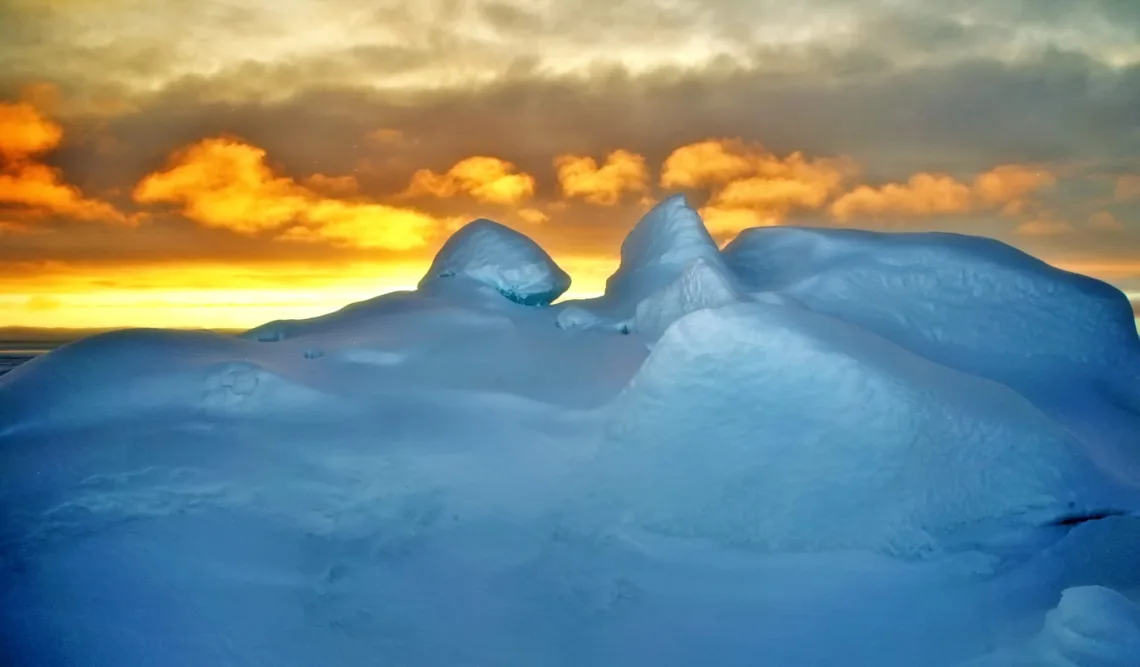Arctic scientists are to start drilling into old ice to analyse it before the frozen ice sheets melt away due to climate change.
Italian, French and Norwegian scientists have set up camp on Svalbard, in what they call a race against time to preserve important ice samples for analysis of past environmental conditions, writes the AFP news agency.
They will retrieve ice as far down as 125 metres below the surface, where the ice contains frozen geochemical traces from three centuries back in time.
Analysis of chemicals in deep ice cores provides researchers with valuable data on past environmental conditions.
But climate experts warn that water from melting ice seeps down and changes the geochemical traces preserved in the ancient ice below.
President of the “Ice Memory” foundation, Jérôme Chappellaz, who is also leading the operation, told AFP that ice scientists are seeing their primary research material disappear forever from the planet’s surface.
It is our responsibility as glaciologists (glaciology is the study of glaciers and the processes associated with them) in this generation to ensure that some of the ice is preserved, he said.
Man-made carbon emissions have warmed the planet by 1.1 degrees since the 19th century.
Studies show that the Arctic is warming between two and four times faster than the global average.
This makes the scientists panic slightly that the ice will melt away completely, so they will therefore take their precautions.
One set of ice tubes will be used for immediate analysis, while another set will be sent to Antarctica for storage in an “ice memory reserve” under the snow, where the samples will be preserved for future generations of researchers.
The eight specialists on the mission have set up camp at an altitude of 1,100 metres on the Holtedahlfonna icefield, which is a glacier in the northwest of Spitsbergen, and plan to start drilling on Tuesday, Ice Memory informs.
They will work for three weeks in temperatures as low as minus 25 degrees, cutting and extracting a series of cylinders of ice, each one metre long and 10cm wide.
The mission will cost €700,000 and is partly funded by the Italian Ministry of Research, which has already funded a number of previous ice core extractions for the foundation, including operations in the Alps and Andes.

